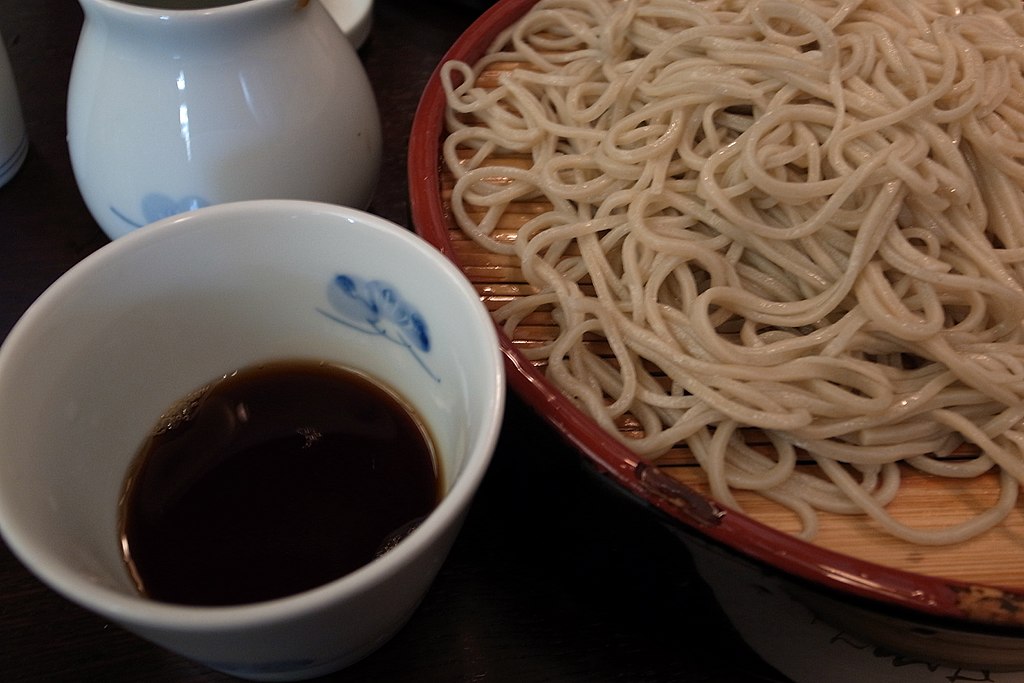Jul 27, 2018
The Art of Making Soba

Japan has much to offer in terms of cuisine, but some foods also play a special role in the country’s culture. One such example is soba, a buckwheat noodle and one of the four main types of noodles eaten in the country. Whereas it is possible today to make soba using a machine, for the best flavor and texture it is necessary to make the noodles by hand. There is an art to this, and now anyone can learn this art thanks to workshops with culinary masters.
What is Soba?
Soba is made from just three ingredients: buckwheat flour, wheat flour, and water (often spring water). Soba uses 80 percent buckwheat flour and 20 percent wheat flour to stop the noodles from becoming brittle. The amount of water a recipe uses differs according to a variety of factors, like the weather, humidity, and time of day.
How to Make Soba
Soba workshops are often held in traditional Japanese kitchens. These are small and compact, containing just the equipment you need to make noodles. The workshops usually take place in the morning when temperatures are low, as this leads to better soba.
To make the soba, you will likely kneel by a low wooden table. Here, you will gradually pour the water over the flour and mix everything together with your fingertips. Next, you will knead the dough roughly to create a ball. This is followed by pressing the ball flat and rolling it with noshibo — a long rolling pin just for soba. You will need to use a special technique, moving your hands in a circular motion to evenly distribute force and avoid bumps and holes.
The final step before boiling is to turn the dough into noodles. This involves sprinkling the dough with flour, folding it, and cutting it with a special knife to create straight, thin noodles. If you have your own kitchen, you can take the soba back with you to prepare at home. Otherwise, you can eat them at the workshop.
Eating Soba
Traditional soba (as opposed to fast-food style) is always made fresh on the morning it is served. Dishes can be hot or cold, according to the season. A few popular options include:
- Zaru, a chilled dish made with tsuyu dipping sauce, which consists of soy sauce, dashi (fish broth), and condiments like wasabi, daikon radish, and spring onions.
- Kabi, the most simple option for hot soba. It uses broth made from soy sauce, mirin rice wine, and dashi.
- Tempura, which can be hot or cold.
- Kitsune, again hot or cold. This dish includes aburaage (fried tofu).
- Oroshi, another chilled dish. This one is made with daikon radish, cold mentsuyu noodle sauce, and various toppings.
Learning the art of soba will help you appreciate the noodles on another level whenever you eat at a restaurant. Plus, by making a simple dipping soup like zaru or kabi, you’ll be able to prepare a classic Japanese dish. Don’t be afraid to slurp the noodles as you eat them. This helps the flavors and aromas to come out and it’s a sign of appreciation for great soba.
By Naotake Murayama from San Francisco, CA, USA (Soba Noodles @Matsuya, Kanda) [CC BY 2.0 ], via Wikimedia Commons


About the author